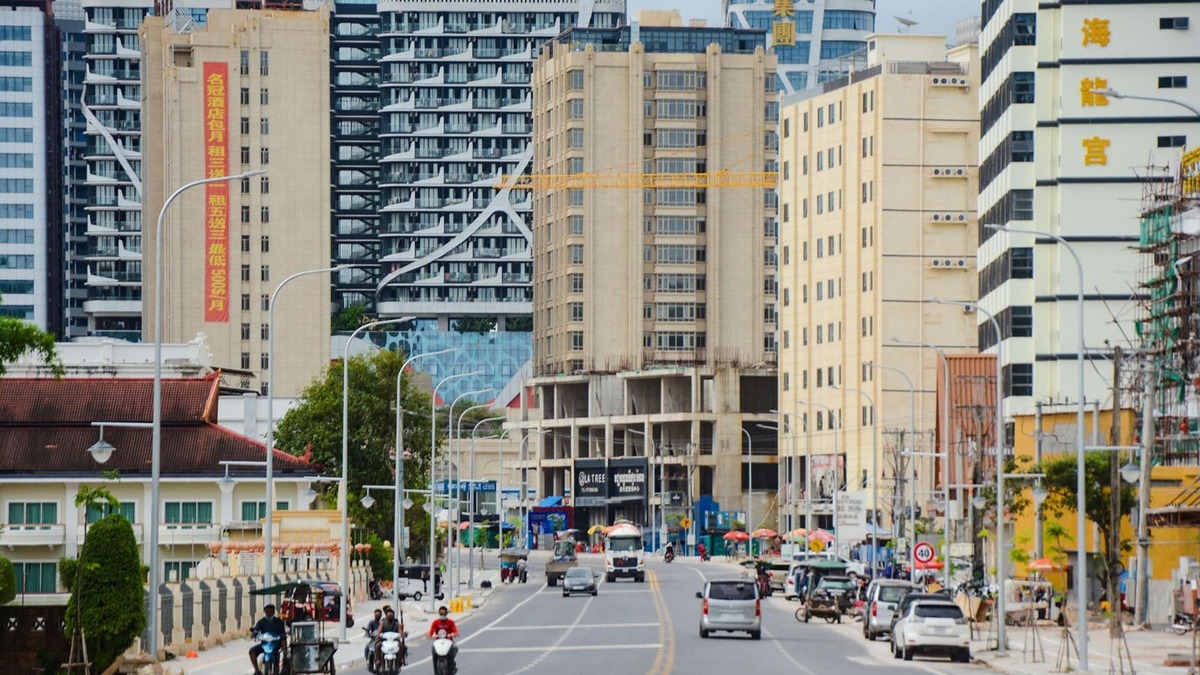Published 06 June 2023
Under the Belt and Road Initiative, China has developed overseas economic and trade cooperation zones with the stated aim of promoting economic growth and international collaboration. However, the actual performance of these zones is still under debate—specifically their impact on the host countries’ investments, trade, sustainability, and integration in the global supply chain.
China’s overseas economic and trade cooperation zones (COCZs) have become an integral part of China’s Go Global policy, initiated in 1999, and more recently of the country’s Belt and Road Initiative (BRI). The development of COCZs reflects China’s efforts to secure advantageous trading conditions for its businesses abroad, create a safer environment for its economic development, and cultivate its soft power.
While Chinese special economic zones proved exceptional drivers for China’s growth, the impact of these zones overseas remains a subject of intense scrutiny. Concerns over labor rights violations, environmental degradation, loan dependence, land acquisitions, and transparency obscure the positive influence COCZs have on local employment and revenue generation.
With a focus on a few of the 20 such initiatives recognized by China’s Ministry of Commerce, Maria Adele Carrai of New York University Shanghai maps the major overseas special economic zones and examines their status, prospects, and effects on the host country.
© The Hinrich Foundation. See our website Terms and conditions for our copyright and reprint policy. All statements of fact and the views, conclusions and recommendations expressed in this publication are the sole responsibility of the author(s).







